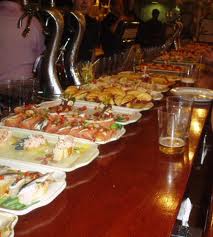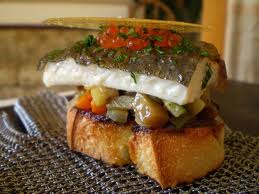Time surely goes fast…I still remember when the Guggenheim was being built and when we took pictures of tourists, awed at the fact that there were actually people visiting Bilbao!! Well, things have changed a lot since then: Bilbao has turned into a wonderful, livable, lively town, great for foodies and a must-see from an architectural point of view. My favorite places have also changed, and so I also have new likes and dislikes. Let´s talk about 9 places that I love and that you may miss as a tourist, as they´re a bit off-the-beaten-path:
1) Mercado de la Ribera, the biggest covered market in Europe, completely re-built, and where my guests love to take pics of the fresh fish at the fishmongers´, of the Ibérico ham hanging from the ceilings, of the wide range of local cheeses and of the farmers that offer their locally produced vegetables (without any “organic” label on them…no need for this kind of marketing)…
2) Alhóndiga, the former wine warehouse located on the very center of Bilbao, now a public cultural and leisure center. Its interior has been singularly designed by acclaimed designer Philippe Starck, and it has a great rooftop bar where you can enjoy great music and views.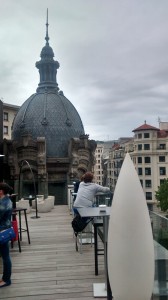
3) Diputación Street, right behind the beautiful building of the provincial government or Diputación, in the Gran Vía (main street). Great pintxos in El Globo, good cocktails at El Embrujo, wonderful ibérico ham at La Viña, excellent steaks at Santa Rosalía…
4) Henao and Heros streets area, close to renovated Jado square (the one with the lions fountain in the center), where new bars have added life to this beautiful resident area. Mr Wonderful, Coppola pizzeria (in Barrainkua st), Singular, Residence, El Txoko de Gabi, Las Cepas…excellent pintxos and wine route, as well as good live music.
5) Bacaicoa bar, in Unamuno square, Old Town…the best pintxo of grilled mushrooms in town.
6) A ride on the Begoña or Iturribide public elevators, in the Old Town, for the very best views of the Old Town of Bilbao from above. Very cheap and a great experience as a local.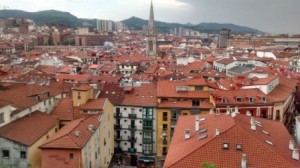
7) A ride on the Funicular of Artxanda, from Castaños street…definitely the best views of the whole city from above…just turn left when you get up to get to the view point.
8) Santa María street in the Old Town on a Friday evening, for alternative pintxos bars and restaurants and great street atmosphere (we love having pintxos outside bars, rather than inside)
9) Doña Casilda Park, or “park of the ducks”, as we used to name it when kids…lovely public gardens in Bilbao, right behind the Meliá hotel. Perfect place to relax and enjoy the coolness of its shady trees and pond.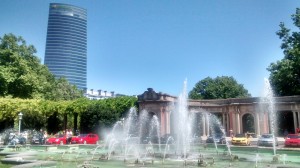

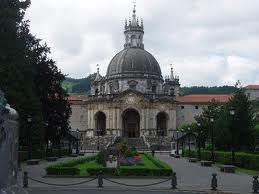
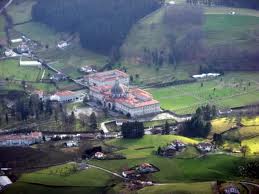
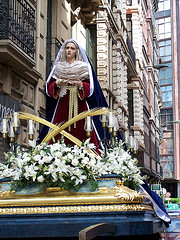



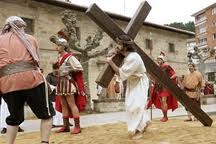
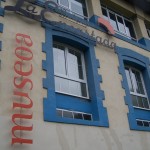 Last Saturday I went to visit the Museo de la Boina La Encartada – Museum of the Beret (or “txapela”, in Basque), in Balmaseda, Bizkaia. It´s on the former factory that has been making berets for exactly 100 years (1892-1992). The museum – a classic , beautiful XIX century Industrial Revolution building- , surrounded by well kept gardens and a river, has been recently opened and offers a very comprehensive and thorough visit (available in English on demand).
Last Saturday I went to visit the Museo de la Boina La Encartada – Museum of the Beret (or “txapela”, in Basque), in Balmaseda, Bizkaia. It´s on the former factory that has been making berets for exactly 100 years (1892-1992). The museum – a classic , beautiful XIX century Industrial Revolution building- , surrounded by well kept gardens and a river, has been recently opened and offers a very comprehensive and thorough visit (available in English on demand).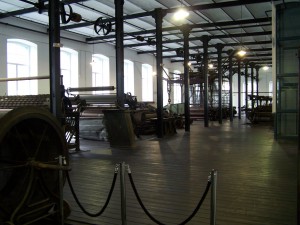

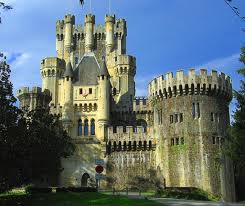
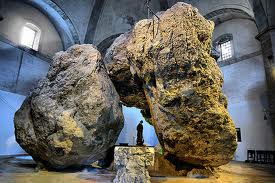 Located in Markina-Xemein, the town considered the University of Jai-Alai (Basque ball game), this is a very odd church. It´s part of my childhood memories, when it was a place just known to locals and you had to ask for the key to the lady living in the caserío (Basque farm) next door. The present church is relatively new, XVIII century, and has no particular artistic value. The interest comes from within the church, a natural megalitic construction formed by three huge stones that are the remains of a mountain of the tertiary period. People in the area thought that the Basajauns (Lords of the Forest, according to Basque mithology) had brought these huge stones to this place, and considered it a magical place, where they performed pagan ceremonies. Later, when the Basque country was christianized, they built a church (not the present one) and dedicated it to San Miguel, and placed a statue beneath the arch formed by the three stones. It´s now the main altar. In summer, and thanks to the great sonority of the place, they held music festivals inside the church.
Located in Markina-Xemein, the town considered the University of Jai-Alai (Basque ball game), this is a very odd church. It´s part of my childhood memories, when it was a place just known to locals and you had to ask for the key to the lady living in the caserío (Basque farm) next door. The present church is relatively new, XVIII century, and has no particular artistic value. The interest comes from within the church, a natural megalitic construction formed by three huge stones that are the remains of a mountain of the tertiary period. People in the area thought that the Basajauns (Lords of the Forest, according to Basque mithology) had brought these huge stones to this place, and considered it a magical place, where they performed pagan ceremonies. Later, when the Basque country was christianized, they built a church (not the present one) and dedicated it to San Miguel, and placed a statue beneath the arch formed by the three stones. It´s now the main altar. In summer, and thanks to the great sonority of the place, they held music festivals inside the church.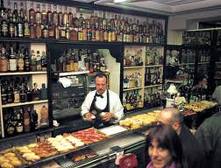 Many potential visitors to the Basque Country tend to ask about
Many potential visitors to the Basque Country tend to ask about 